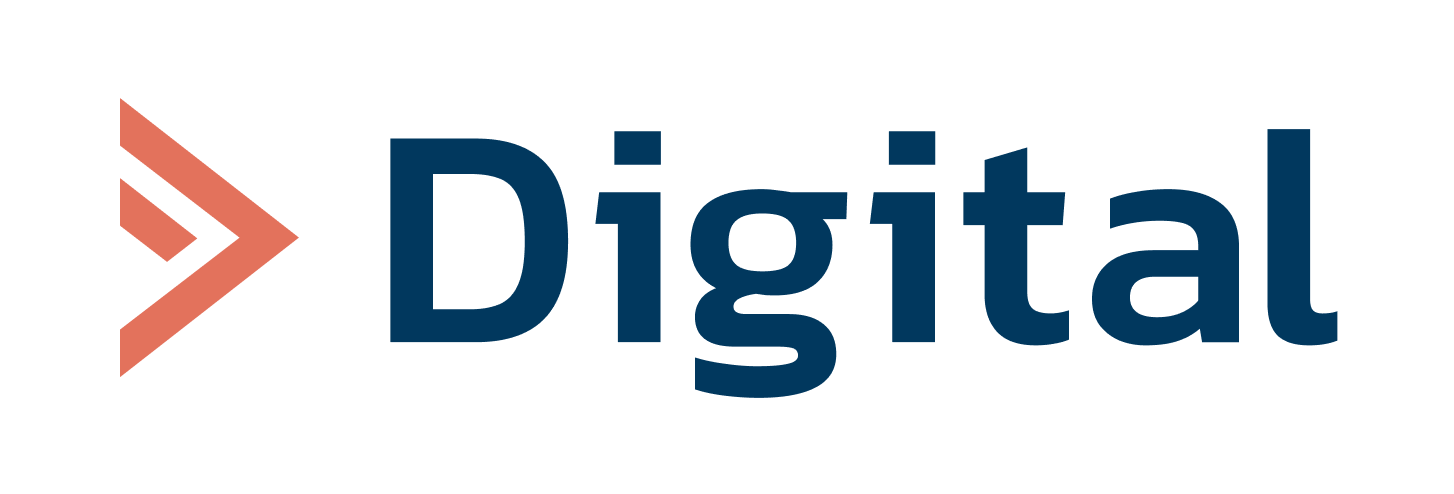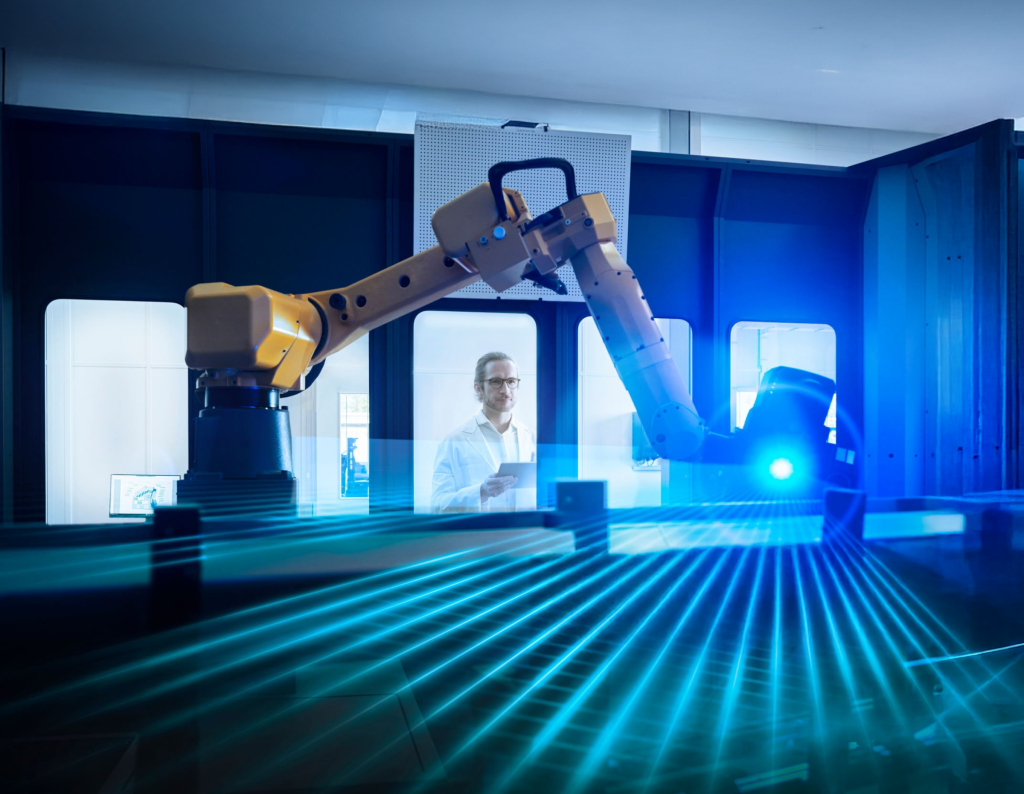The global market size for AI in manufacturing is expected to reach over $230.95 billion by 2034, with an annual growth rate of 44.20% from 2024 to 2034. These numbers make it clear: more and more companies are recognizing the value of intelligent technology.
How AI Supports Manufacturers
When using AI, manufacturers unlock numerous benefits, including:
- Automation
- Cost reduction
- Sustainability
- Increased safety
- Enhanced creativity
- Efficiency gains
- High adaptability
- Predictive maintenance
- Enhanced quality control
- Smart factory management
Successful applications of AI in manufacturing are diverse. Let’s look at some convincing examples.
Smart Factories, Higher Productivity
Modern manufacturing can’t do without robotics anymore. Companies like XPENG use Level-4 industrial robots that analyze workflows, quickly adapt to changing conditions, and autonomously decide how to execute tasks most efficiently. This leads to less downtime and faster production cycles.
AI also helps companies implement predictive maintenance, avoid unexpected failures, and ensures that production lines run smoothly. Employees no longer need to monitor production processes themselves. Instead, they can collaborate with intelligent systems and focus on creative tasks.
Cloud solutions allow smart systems to scale seamlessly. They provide real-time data, enabling even faster adaptation and continuous optimization.
Addressing the Skilled Labor Shortage
Many people fear that AI could replace their jobs. However, in heavy industry, the shortage of skilled workers is growing as more experienced specialists retire. According to a study by Deloitte and the Manufacturing Institute, around 2.1 million positions could remain unfilled in U.S. manufacturing by 2030. In shipbuilding, there is also a significant shortage of qualified workers.
Intelligent automation could fill these gaps, with AI taking over repetitive or time-intensive tasks.
As a result, humans are taking on new roles. Employees are increasingly becoming supervisors, trainers, or innovators monitoring AI and improving its capacities.
Intelligent Design
Outside production departments, AI helps experts work on product design, which speeds up the development process. For instance, in the maritime sector, smart CAD solutions can design entire piping systems or structural layouts in just a few minutes, saving thousands of working hours. Car designers enjoy similar benefits.
Thanks to shortened prototyping cycles, companies can now experiment more flexibly and bring products to market in the shortest possible time.
Affordable and Sustainable Food Production
Intelligent technology has an immense impact on the food industry. Thanks to it, businesses can quickly recognize consumer preferences and offer innovative products. Algorithms analyze search trends and purchasing behavior—and food companies enjoy enhanced product development.
AI can easily predict which flavors or characteristics will be particularly popular with consumers. This reduces the risk of failed product launches. According to a survey by Ingredient Communications, 42% of British and U.S. consumers view AI in food production positively, while 27% have a negative attitude.
Additionally, intelligent logistics systems help optimize delivery routes, minimize waste, and find environmentally friendly packaging solutions.
“Human + Machine” as a Formula for Success
Despite the impressive capabilities of artificial intelligence, human expertise remains irreplaceable. AI only unfolds its full potential in combination with sound expertise—and this applies to all areas of manufacturing. AI-generated suggestions, content, and results should always be reviewed and validated by professionals.
Take automotive manufacturing, for instance. GenAI tools considerably speed up the development of vehicle components. Hundreds of design options can be generated in seconds—but the final evaluation requires human assessment. Whether it’s aerodynamic performance, selection of materials, or ergonomics, only experienced designers can ensure that the end product meets both the manufacturer’s quality standards and the aesthetic requirements of buyers.
The future therefore lies in the collaboration between humans and machines.


